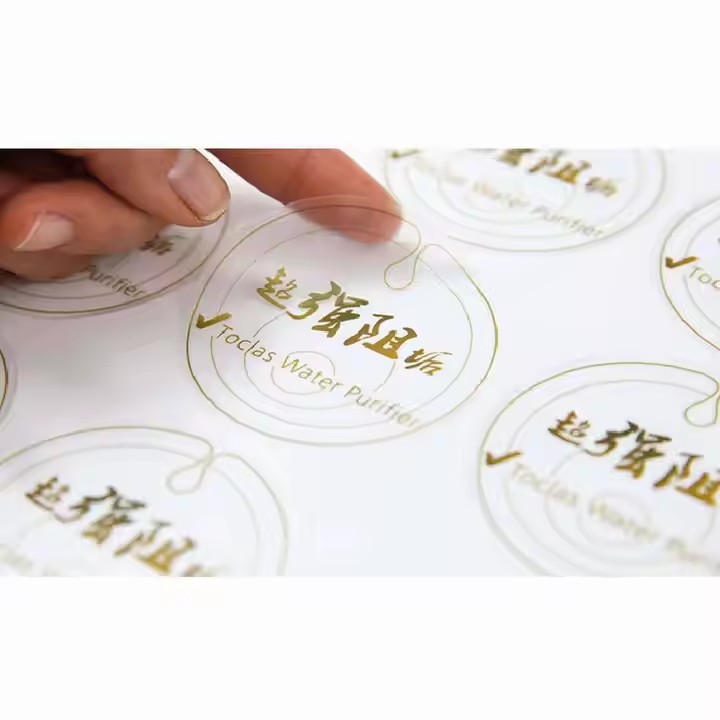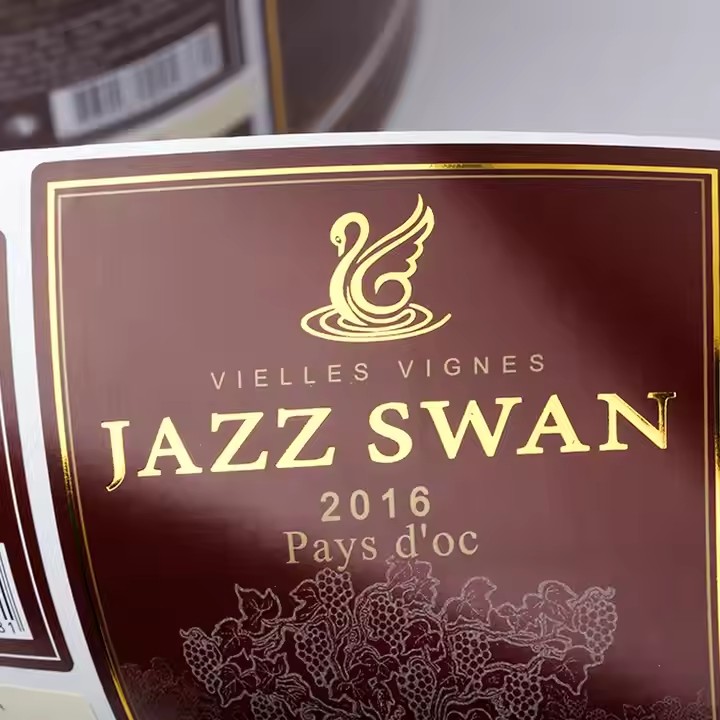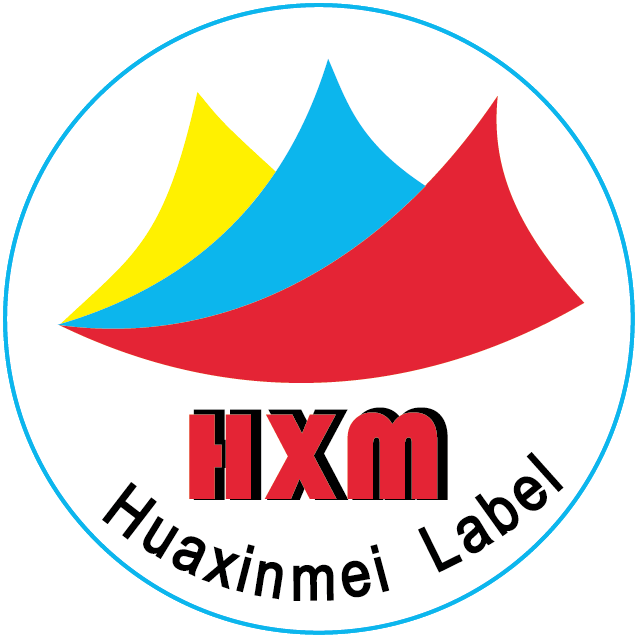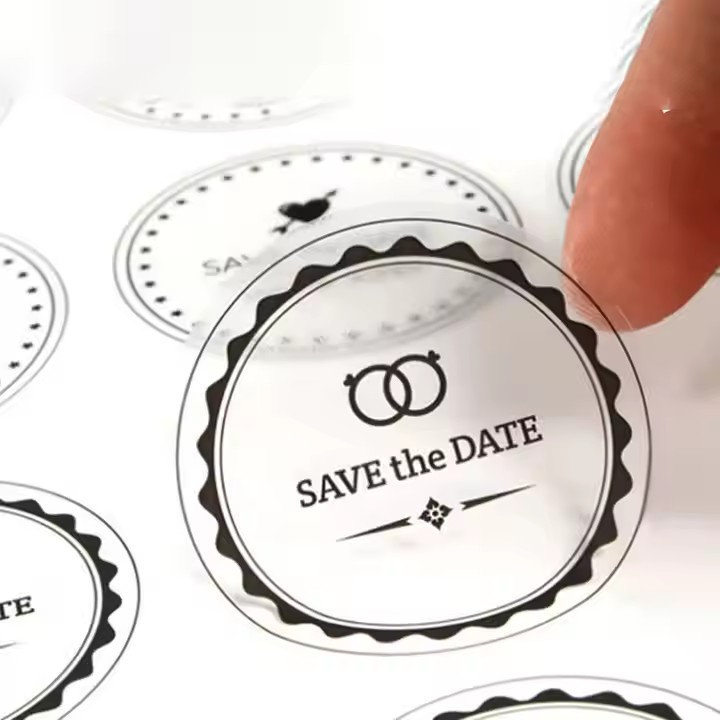Compliance with Regulatory Requirements
Different countries and regions have strict regulatory standards for dietary supplement labels, with compliance being the primary design prerequisite. For example, in China, regulations such as the Regulations on Health Food Labelling and General Principles for Labelling of Prepackaged Foods mandate that labels must include: product name, ingredient list, functional components or signature ingredients and their contents, health functions, suitable populations, unsuitable populations, usage and dosage, specifications, shelf life, storage methods, precautions, manufacturer’s name and address, approval number, etc. The U.S. Food and Drug Administration (FDA) also specifies clear requirements for dietary supplement labels, including product name, net content, Nutrition Facts panel, ingredient statements, health claims (subject to specific conditions), warning statements, etc. The EU similarly has relevant regulations requiring labeling of product category, ingredients, usage instructions, shelf life, etc. Only by comprehensively understanding and strictly following the regulations of the target market can one avoid product launch failures or penalties due to labeling violations.

Presentation of Key Information
(1) Product Name
The product name should be accurate, clear, and recognizable. Adopt a naming format of “main ingredient + functional description + product form”, such as “Vitamin C Chewable Tablets” or “Deep Sea Fish Oil Softgels”. Avoid exaggerated or misleading terms (e.g., “super-effective”, “radical cure”) to ensure the name truthfully reflects the product’s attributes. The font for the product name should be eye-catching with a moderate size (typically 1-2 sizes larger than other text) and have a clear contrast with the background for quick consumer recognition.
(2) Ingredient List
The ingredient list must be ordered by descending quantity and truthfully label all raw materials. For allergenic ingredients (e.g., milk, eggs, nuts), use bold text, larger font sizes, or special colors to highlight them and warn consumers with allergies. The language of the ingredient list should be concise and avoid overly technical or obscure terms for easy consumer understanding.
(3) Nutrition Facts Panel
The Nutrition Facts panel is a key window for consumers to understand a product’s nutritional value. It must be labeled in strict accordance with regulatory formats and content, including energy, core nutrients (protein, fat, carbohydrates, sodium), and other nutrient contents relevant to the product’s characteristics. Ensure data accuracy with errors within regulatory limits. Key nutrients can be emphasized using charts or color blocks for clear consumer comprehension.
(4) Health Functions and Target Populations
If a product has specific health functions, describe them accurately and clearly, noting suitable and unsuitable populations. Health function statements must comply with regulations without exaggerated claims. Label suitable and unsuitable populations specifically (e.g., “suitable for those with low immunity”, “unsuitable for children, pregnant women, and lactating mothers”) to help consumers judge product suitability.

(5) Usage and Dosage
Detail the product’s usage methods and recommended dosages to prevent reduced efficacy or adverse reactions from improper use. Use a combination of text and illustrations (e.g., “Take 1 time daily, 2 tablets each time, swallowed with warm water”) with simple administration diagrams to enhance readability and operability.
Visual Design
(1) Color Coordination
Color is one of the most attractive elements in label design. Choose a suitable color scheme based on the product positioning and target consumer group. For example:
Use vibrant colors (red, yellow, blue) for dietary supplements aimed at children to attract attention.
Opt for stable, soft colors (green, brown, dark blue) for products targeting middle-aged and elderly consumers to convey professionalism and reliability.
Ensure color coordination, avoiding over-complexity (typically no more than 3-4 main colors) to maintain visual unity and aesthetics.
(2) Font Selection
Font choice directly impacts information delivery. Title fonts should be visually striking (e.g., bold, decorative fonts) while ensuring readability; body text should use clear, regular fonts (e.g., Song typeface, Heiti). Differentiate text hierarchy through font size, color, and bolding to establish a clear information hierarchy, guiding consumers to access information in a logical order.
(3) Graphics and Patterns
Appropriate use of graphics and patterns enhances label appeal and interest. Graphics can represent product ingredients (e.g., fruit patterns for vitamin supplements, marine life patterns for fish oil products) to help consumers quickly associate with the product’s source and efficacy. Patterns should be simple and elegant, avoiding complexity that distracts attention, and align with the product’s overall positioning and brand image.
(4) Layout Design
Label layout should follow the principles of simplicity and order. Place important information (e.g., product name, health functions) in prominent positions (typically the upper half or center of the label). Arrange other information logically, maintaining appropriate white space to avoid overcrowding. Use column division or zoning to make content hierarchical, facilitating quick scanning and information retrieval.
The translation maintains technical precision, regulatory terminology, and structural clarity, suitable for industry reports, design guidelines, or international marketing materials. Let me know if adjustments to terminology or tone are needed!


